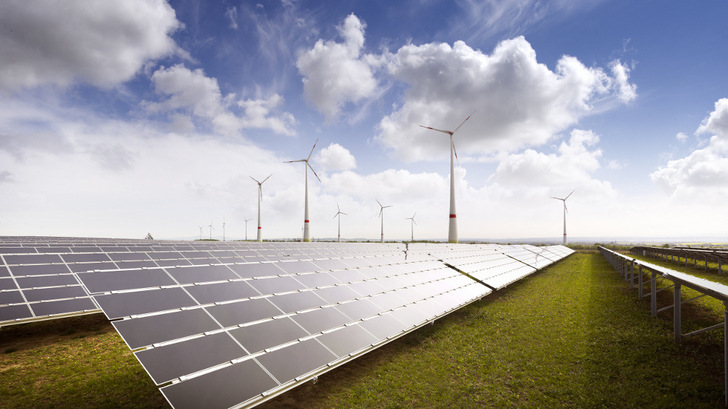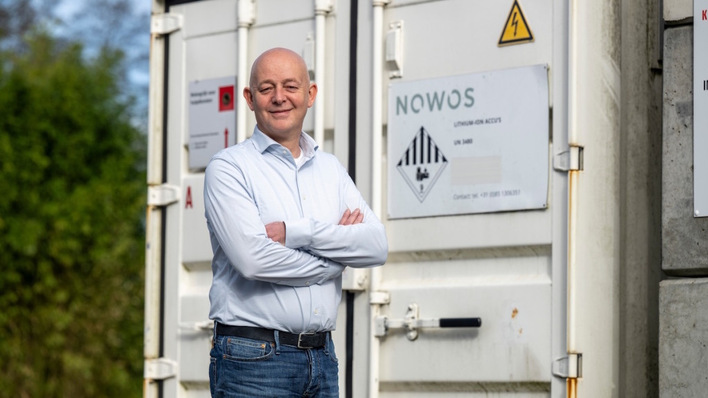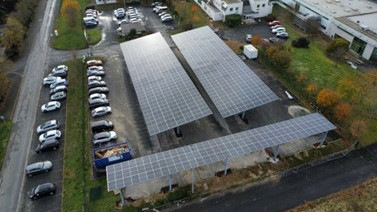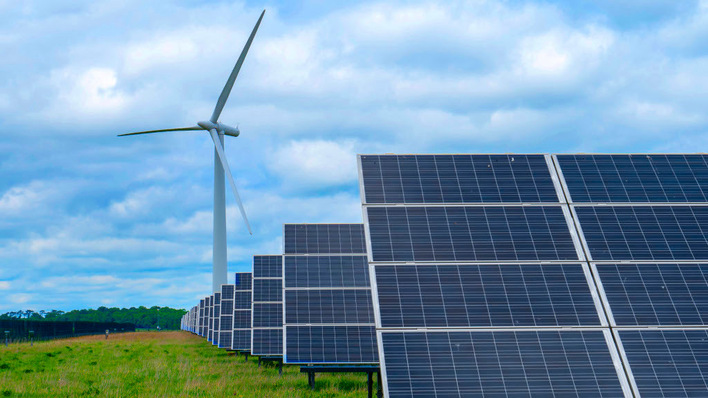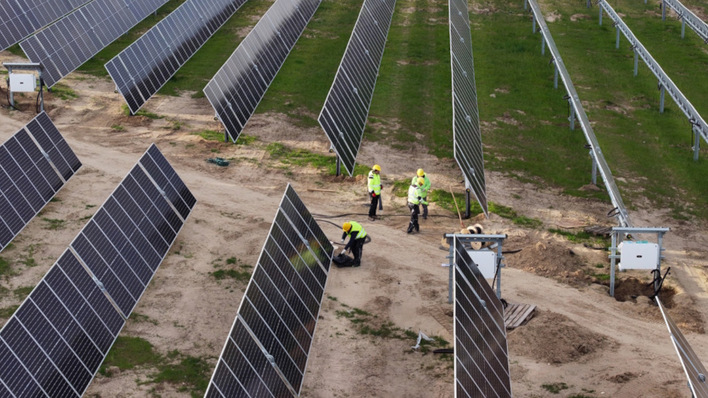2020 saw the share of renewable energies in the European electricity mix rise to 38 per cent. This includes all technologies such as photovoltaics, wind power, biomass, biogas and hydropower. This is the first time that it has exceeded the shares of electricity generated with fossil fuels. This was 37 per cent in 2020. This is reported by Agora Energiewende with reference to its own analyses, which were prepared together with the British institute Ember.
Decisive milestone
True, renewables are only just ahead. But it is a decisive milestone on the way to climate-neutral electricity production. The analysts attribute the increased share of green electricity primarily to the growth in photovoltaic and wind power production, which has almost doubled in Europe since 2015. These two generation technologies will supply as much as one-fifth of the electricity in the EU in 2020. The pioneers here are Denmark with a share of 61 per cent, Ireland with 35 per cent solar and wind energy in the electricity mix, Germany with a share of 33 per cent and Spain. There, solar and wind power plants generate 29 per cent of the electricity.
Coal-fired power production halved
In the same period, the production of electricity from coal in Europe has halved. In 2020 alone, it fell by a fifth, the analysts found. European coal-fired power plants supplied only 13 per cent of the electricity last year. The natural gas industry suffered less of a decline. It supplied four per cent less electricity in 2020 than in 2019.
Solar and wind displace coal from the grid
The analysts attribute these different declines to the significantly higher price of emission certificates. This is because gas-fired power plants emit less CO2 and therefore do not need as many certificates as coal-fired power plants. As a result, the electricity from gas-fired power plants is falling and was actually cheaper in many cases than lignite-fired electricity from Poland, Germany and the Czech Republic. "The rapid growth of wind and solar power has forced coal into decline," explains Dave Jones, senior power analyst at Ember. "But this is just the beginning, as Europe relies on wind and solar power not only to ensure the phase-out of coal-fired power by 2030, but also to phase out gas-fired power, replace decommissioned nuclear plants and meet the growing demand for electricity from electric vehicles, heat pumps and electrolysers."
See also: Steep carbon credit price rise for increased EU climate goal
But the analysts also have the corona pandemic in mind. After all, the resulting drop in electricity consumption has mainly pushed fossil fuels out of the grids when it comes to giving feed-in priority to renewables. Now it is important to stay on the path we have taken. "The economic recovery after the pandemic must not put the brakes on climate protection," demands Patrick Graichen, Director of Agora Energiewende. (mfo/su)


